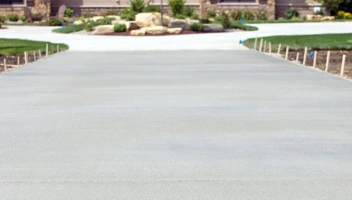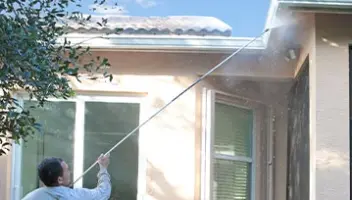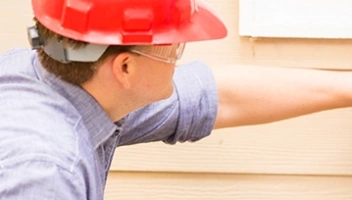Tips for Removing Carpet

Removing carpet can be a challenge, however, the end result can be truly rewarding. Sometimes, your old disgusting carpet can be pulled away and beautiful hardwoods can be revealed. If you are looking to tackle this home improvement project yourself, here are our top tips.
Determine Your Final Goal
First and foremost, it is important to decide the final goal of your remodeling. For instance, you’ll want to determine if you want to save what’s underneath the carpet. While some older houses have ugly, old carpet right over their hardwoods, you may want to consider replacing the final flooring. We suggest pulling up a corner to see what’s underneath if you haven’t yet. If it’s not your style, you’ll want to decide if you are going to lay tile, vinyl, wood, or another hardwood type of flooring.
Before you get started, you’ll also want to figure out how you will dispose of the old carpet. Carpet may cost money to dispose of, so it is important to shop around. Call the dump where you usually take or send your trash and find out what they charge for disposal.
Preparing for Carpet Removal
When beginning your project, move all of the furniture out of the area where you’ll be working. In order to remove your carpet, you’ll need to access the entire floor. Remember that you have to put that furniture somewhere, so decide where you can put it — perhaps you opt for an adjacent room, place it outside, or rent a temporary storage unit.
Next, vacuum the old carpet to make sure that there is no debris. This will also be helpful if you have allergies to remove any dust as you pull up the carpet.
If you have really bad allergies or sensitivities to dust, wear a dust mask. Also, always wear heavy work gloves, since you will be working around staples, tacks, and tough carpet edges. Protective, heavy duty shoes will also come in handy.
Removing Carpet
When removing carpet, pull up the edge of the carpet near any wall. Use pliers to grip the fibers if you need to. Then, use a utility knife or carpet knife to slice the carpet into manageable strips and roll the strips up into bundles as you go. This will make carpet removal easier.
If you are salvaging the new flooring underneath the carpet, remember to not cut grooves in the floor with the knife. You can avoid this by lifting the carpet away from the floor as you cut. Another way is to remove the carpet in larger pieces and cut it up somewhere else.
Next, remove the carpet padding underneath. In most cases, the carpet padding will also need to be replaced or removed. It should be replaced if it is old or stained or has gotten wet. Just as you did with the carpet, pull it up and cut it into smaller strips if necessary, and roll it into bunches for disposal.
Remove Tacks and Staples
After you are done removing carpet, it’s time to get everything else cleaned up.
First, you’ll want to remove the tack strips. A flat pry bar underneath the tack strip will assist you in removing the tack trips. Just make sure that you wear eye protection and gloves, because this step can be dangerous.
Then, pull up all of the staples left from the padding. Pliers and a flat bladed screwdriver will help you get all of the tiny staples.
Finally, clean the floor. Sweep and vacuum as necessary to remove the debris from the old carpet. This will also help you find staples that you may have missed before.
Prepare for New Flooring
After you have stripped away the carpet, this is an excellent opportunity to repair squeaks and damage. Here are some tips for dealing with any kind of damage:
Squeaky floors: If you are dealing with squeaky floors, you can drive long wood screws into the sub-floor and through to floor joists to prevent it.
Stains: Apply a stain-blocking primer to prevent old stains from coming up through new carpet.
Water damaged wood: Level the sub floor and replace and water damaged wood.
Following the repairs of the subflooring, you can lay down your new flooring of choice whether it be vinyl, laminate, hardwoods, or tile. Then, stand back and admire all of your hard work!
We hope you find these tips to be useful as you prep for removing carpet in your home! What other projects do you have lined up? Leave us a comment below!


